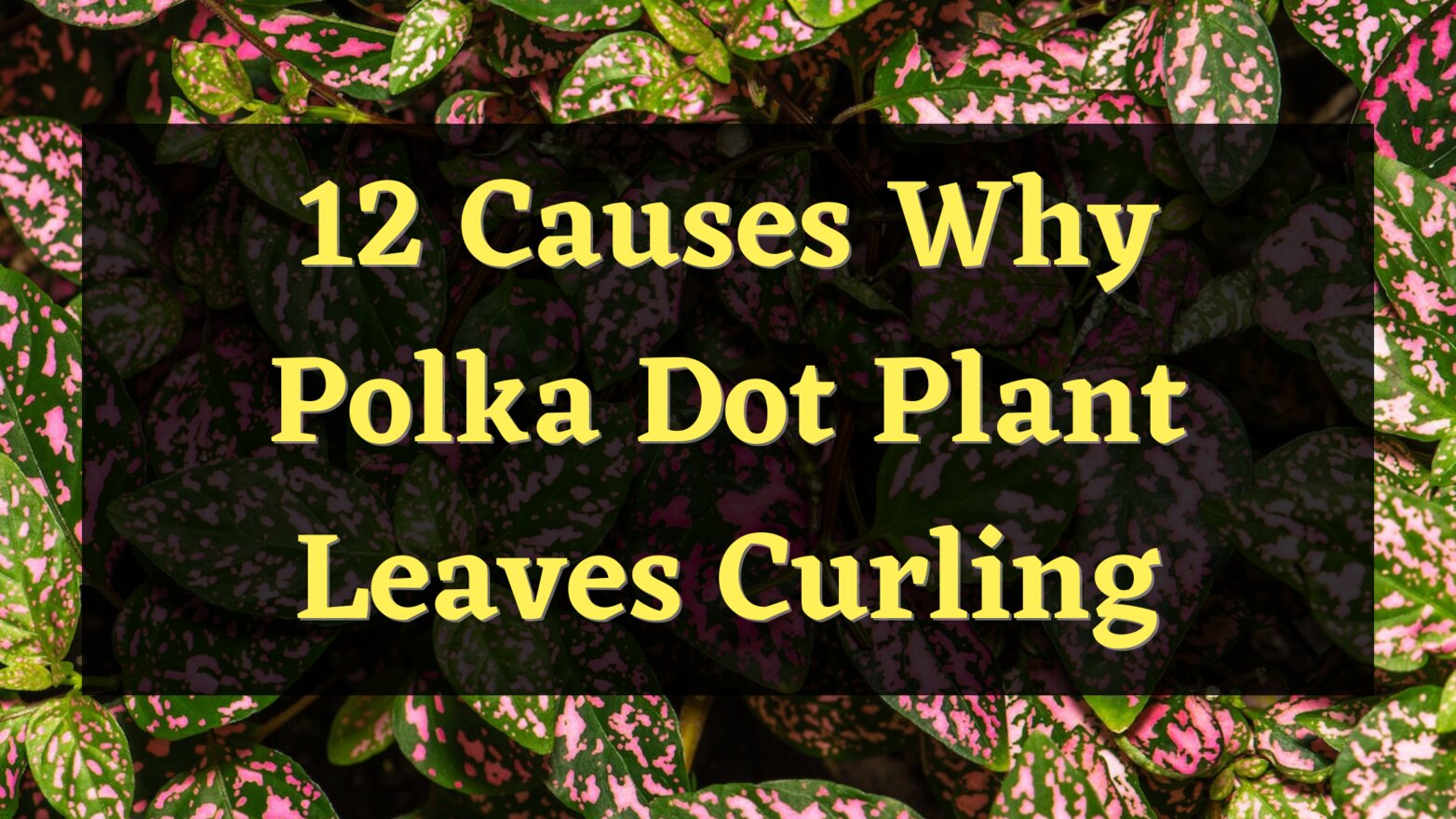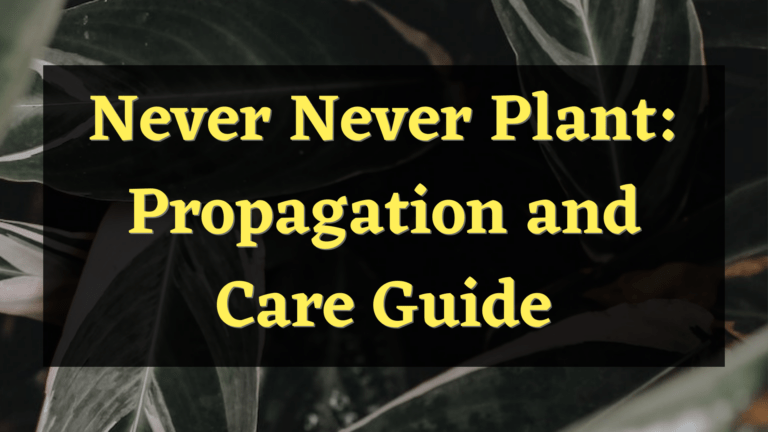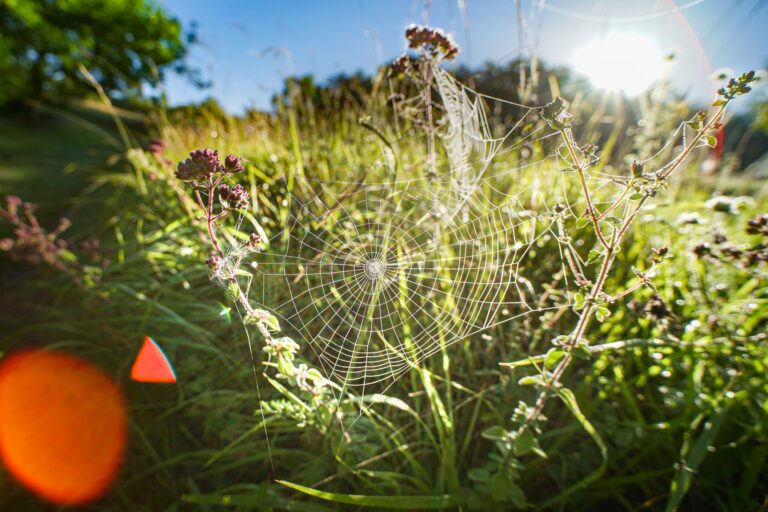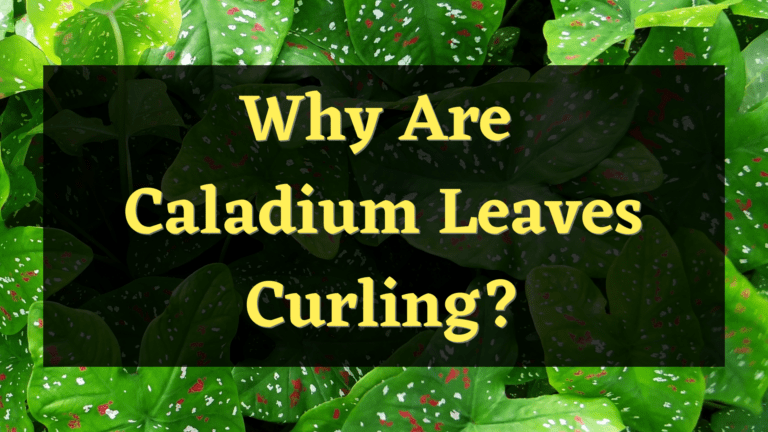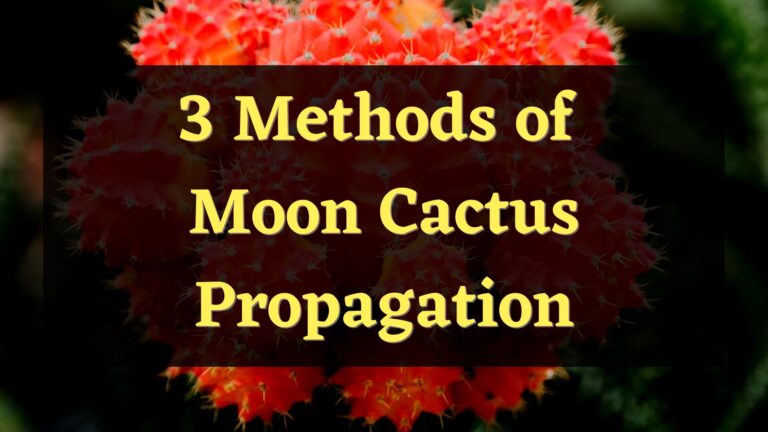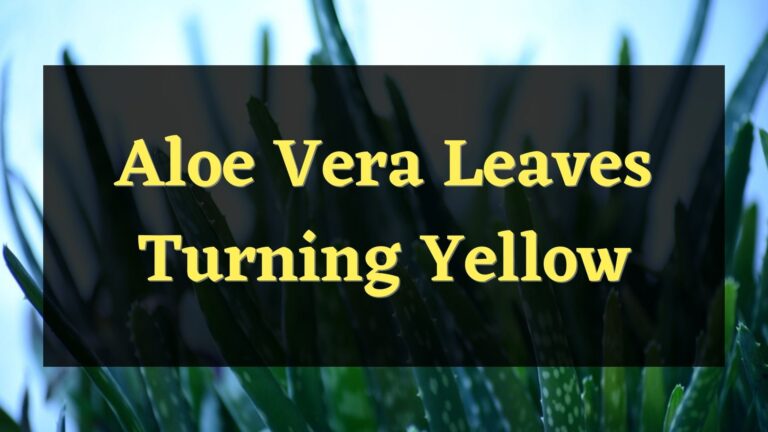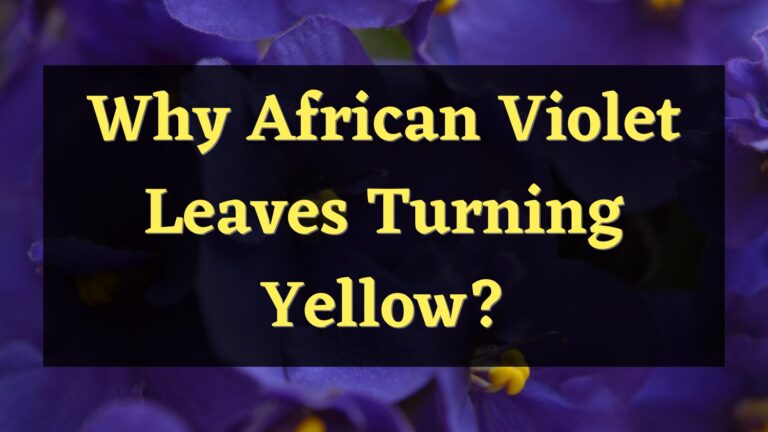Polka dot plant leaves curling up is a common problem. The main causes of this problem are biological factors, environmental conditions, and plant care practices. Identifying the specific reason why this problem occurs will help you to address the problem properly which will speed up the plant’s recovery. In this article, the reasons for this problem and the things that you should do to fix it will be discussed.
Why are my Polka dot plant leaves curling?
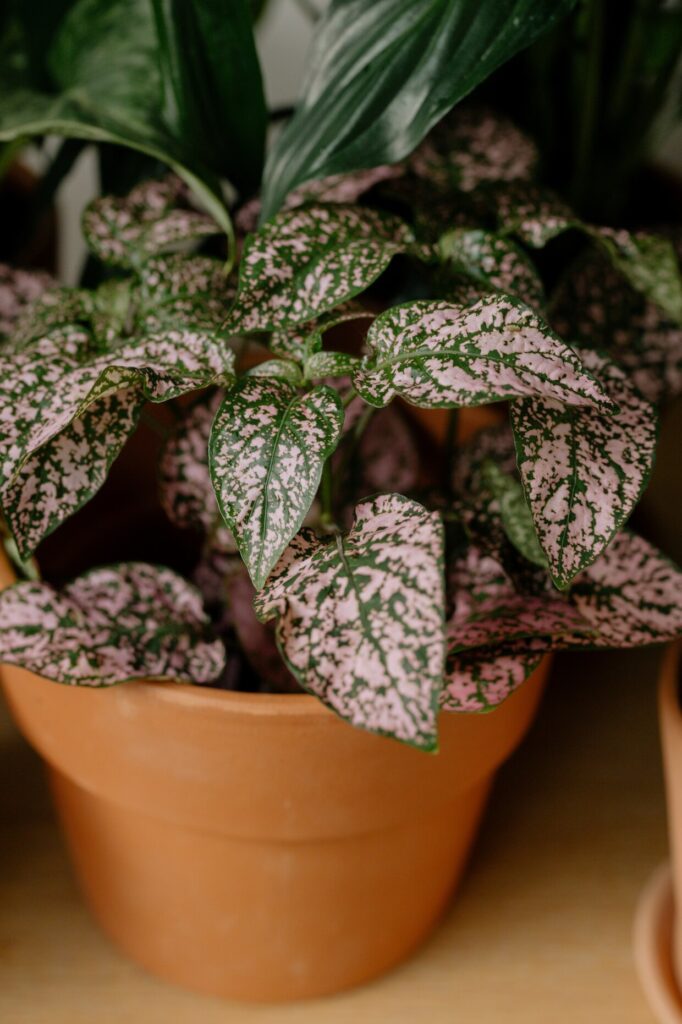
The leaves of Polka-dot plants curl up for various reasons. Here are the reasons why polka dot plant leaves are curling.
Underwatering the plant
The plant will experience dehydration when it doesn’t get enough water. The leaves will curl up and become crispy when it gets dehydrated.
Overwatering the plant
Overwatering the plant will lead to root rot. When the root gets damaged, the water will not reach the leaves.
Overfeeding with fertilizer
Feeding Polka dot plants with too much fertilizer are not good for their health. When you feed it with fertilizer that has high nitrogen content, it will get dehydrated because the level of salt on the surface of the soil will increase.
Nitrogen Deficiency
The leaves of the polka dot plant will curl up when it lacks nitrogen. The old leaves of the plant will curl up because the plant will direct the nitrogen to new leaves only.
Temperature Stress
Changes in temperature stress out the plant so its leaves curl up. Temperature above twenty-two degrees Celsius will dry out its leaves.
Too much sunlight
Too much heat causes transpiration that leads to water loss as the sun absorbs too much water. Leaves curling up is one of the reactions of the plant to retain water and protect its leaves from heat.
Lack of sunlight
Growing polka dot plants in a dark area will not allow them to photosynthesize which will cause their leaves to curl up as they cannot make their own food.
Plant diseases
Powdery mildew is one of the plant diseases that commonly affect polka dot plants. The fungal infection takes the nutrients from the plants that make their leaves curl up.
Insect Infestation
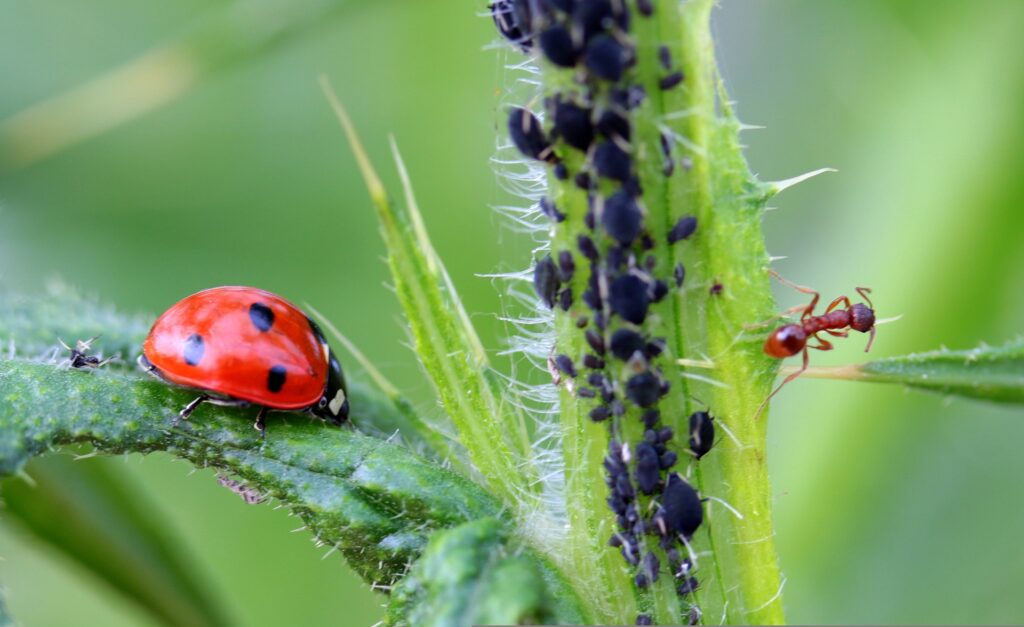
The common insects that infect the polka dot plants are aphids, mealy bugs, and whiteflies. They feed on the nectar of the plants which causes dehydration. When the plant gets dehydrated, its leaves will curl up.
Transplanting Stress
Transplanting stress happens when you propagate or transfer the plant to a new pot. It needs time to adjust so curling up its leaves is a natural plant reaction to its new environment.
Low Humidity
Low humidity increases transpiration so the leaves of the polka dot plant curl up and turn crispy.
Old age
When the plant is old, it’s natural for its leaves to curl up because it is not able to process the nutrients properly and adapt to the changing environmental conditions.
How do you fix curled Polka dot leaves?
Taking good care of your polka dot plant will help the leaves to recover faster. Here are some of the ways that you can do to fix curled polka-dot leaves.
Water the plants properly
The polka dot plant must be watered when the top half an inch of the soil becomes dry. You can use rainwater, filtered water, distilled water, or tap water without chemical content.
Remove rotten roots
Removing rotten roots will prevent them from damaging the plant. It keeps the root zone hydrated to ensure that nutrients are supplied uniformly throughout the entire plant.
Feed it with fertilizer properly
The right amount of fertilizer is essential to the plant. Fertilizers must be used sparingly and according to the directions on the packaging to prevent overfeeding. A young plant must not be fertilized because its roots are not yet fully developed. Liquid fertilizer should be used as it is not harsh on the plant. Dilute the fertilizer with water so that it will not be harsh on the plant.
Add humus to the soil
Nitrogen is a key element that keeps the leaves vibrant and healthy. Adding humus to the soil will prevent its leaves from curling up.
Provide a good temperature
Maintaining a good temperature will promote plant growth. Put the plant away from radiators and heaters because they can dry out the leaves of the plant.
Put the plant in a well-lit spot
Polka dot plants are susceptible to sunlight. If it is planted indoors and there is no well-lit spot, you can use artificial lights. If it is planted outdoors, it must be planted in a shadier spot.
Plant it in well-draining soil
A well-draining soil will keep the soil hydrated and aerated. It helps the plant to evenly distribute nutrients from the root zone to the leaves. The ideal soil pH for polka dot plants is four to six.
Prune the plant properly
Pruning promotes healthier leaves and prevents the plant from being leggy. It also enhances the overall appearance of the plant which make it more visually appealing.
Use insect repellent
Insect repellents will prevent insects from feeding on the plant’s nectar and leaves. It will prevent insects from getting the essential nutrients from the plant.
Propagate the plant properly
The plants must be healthy when you propagate them. Cut the stems carefully to prevent them from getting damaged. The best season to do this is on spring.
Monitor the plant’s condition regularly
Regular monitoring will promote growth and prolong the life of the plant. It will also help you to deal with plant diseases properly to keep them healthy. The infected leaves must be removed to prevent diseases from spreading to the whole plant.
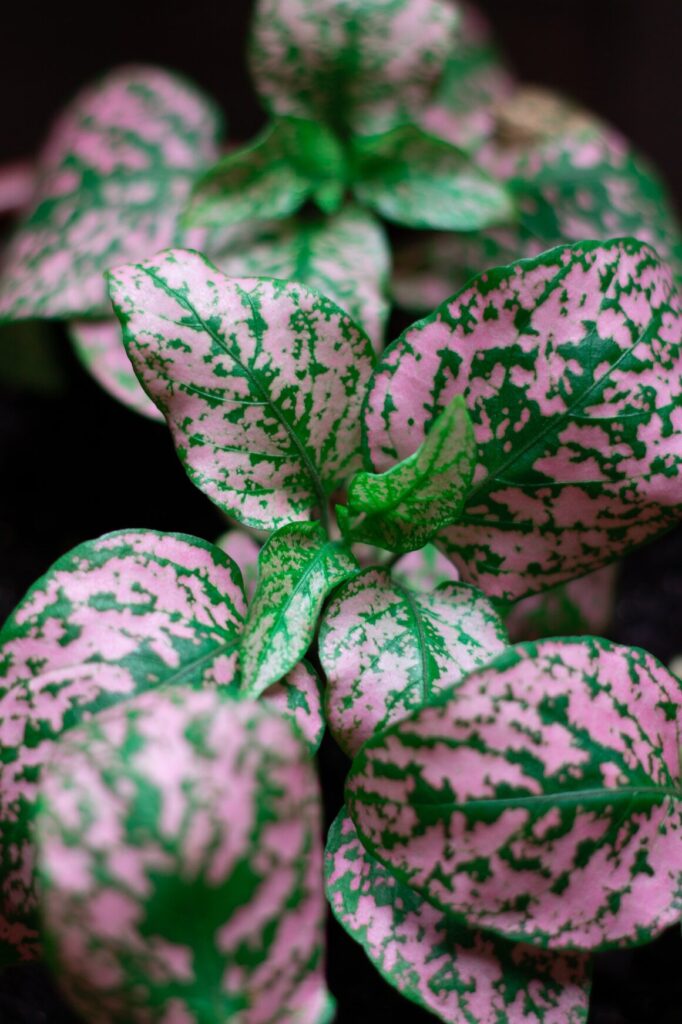
Conclusion
The factors that contribute to polka dot plant leaves curling up are biological, environmental, and plant care practices. Addressing this issue is easy when you know the specific reason why it occurs. Leaves can easily recover when you know how to address the problem properly. Regular inspection will make the leaves healthy and prevent plant issues and diseases from infecting the plant.

Elizabeth Mcmillan is a passionate gardener with a strong interest in plants. She used to be a teacher, but Elizabeth has spent the last few years immersing herself in the world of plants, learning about their biology and cultural value and trying out different ways of growing them in her own garden. Elizabeth Mcmillan loves indoor plants, succulents, and cacti, and her friends and family know her as a plant care expert.

